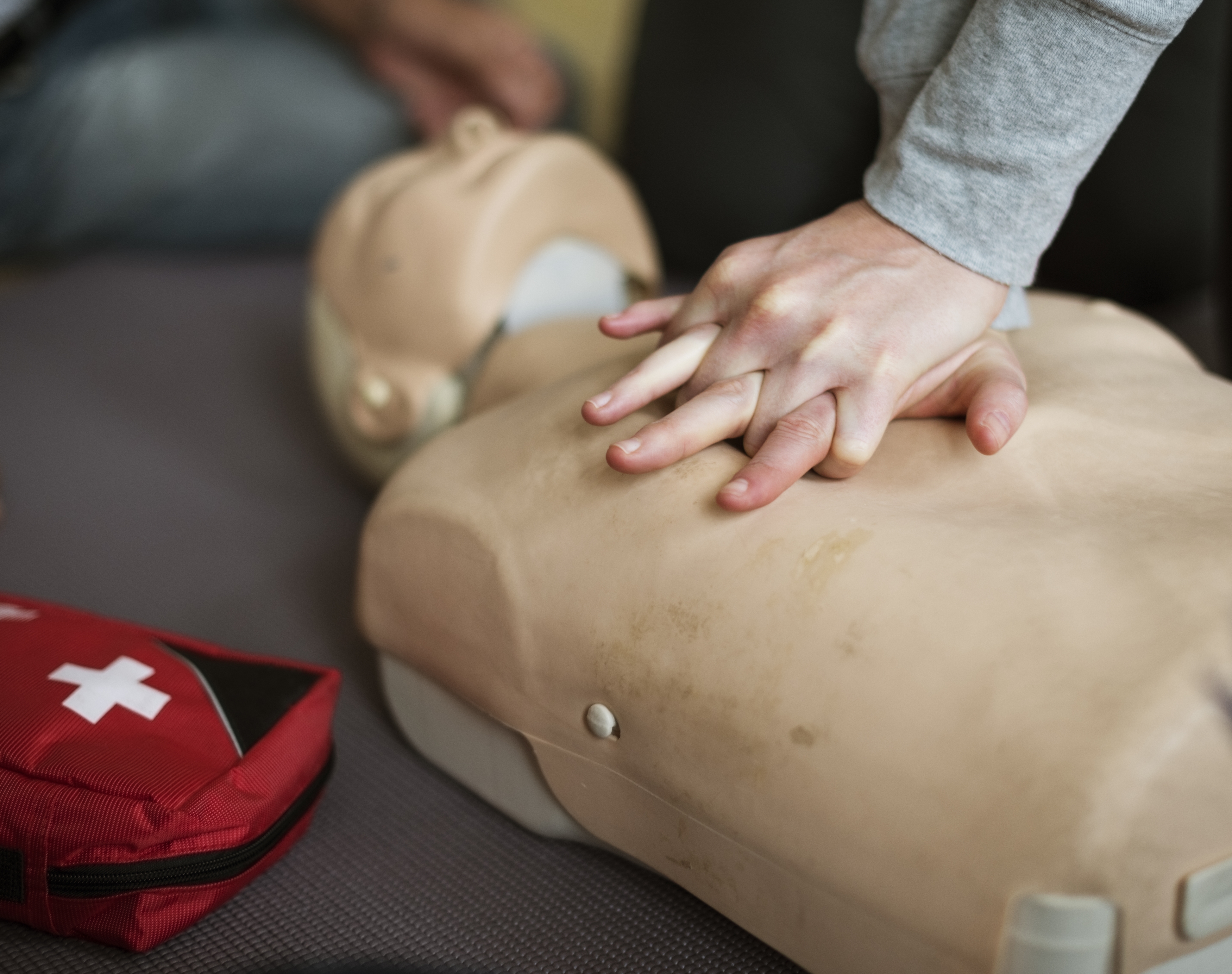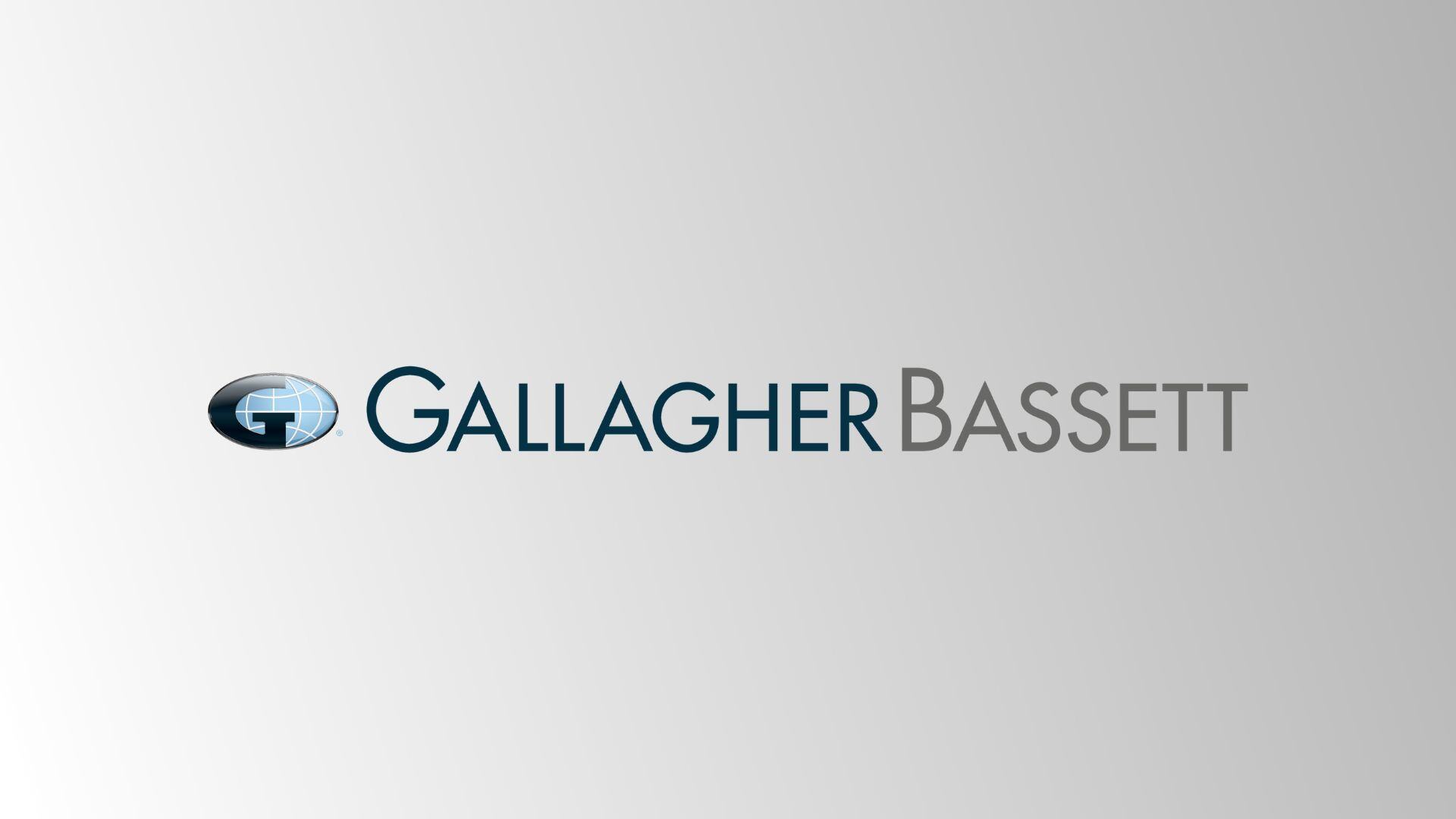First things first: Responding to workplace injuries

Incidents in the workplace occur across all industries, but providing immediate first aid can reduce the impact of the injury and support recovery. With the average compensation per claim rising by 71% in 2014, an ongoing commitment to workplace health and safety can also lower unexpected costs to your business.
According to Australian Red Cross “whether you are working a high or low risk workplace, preparedness ensures you minimize your risk and are adequately prepared to deal with First Aid emergencies.”
You can prepare your workplace with these tips:
- You are required to provide an appropriate first aid kit and ensure all employees have access, review your first aid requirements regularly or as workplace circumstances change
- Ensure an adequate number of employees have up to date first aid training
- Chat to your employees about procedure, equipment required and locations of first aid kits. Doing so is legally required, but involving your employees can also provide significant improvement to workplace health and safety
- Identify potential risks within your workplace and provide appropriate first aid equipment. Work Health and Safety Consultations can help identity safety issues
Around 90% of serious claims are caused by injuries and musculoskeletal disorders according to Safe Work Australia. Sprains, strains and lower back injuries can have a significant impact on your employee’s ability to return to work.
In the event of a workplace injury, respond with these steps:
- Assess the situation
Always check for potential risks, both to yourself and your injured employee. Keep your employee calm and provide assistance, monitoring their condition. Administer any first aid training if you are qualified, but otherwise request assistance from those with training. Give as much detail as possible to the trained health care professionals during the hand-over process. Remember to remain calm but alert others if you are experiencing a workplace injury. Call 000 in emergencies.
- Secure the scene
After your employee has received first aid or medical attention, it is imperative to secure and limit access to the scene in order to avoid secondary incidents. Any materials or equipment involved should also be secured, especially in the instance of more serious workplace incidents.
- Reporting
Keep a record of information after the hand-over. Important information to remember include the name and contacts of the injured employee, details regarding the time, date and nature of the injury. Use of first aid treatment should be recorded and reported to managers – this makes it easier to review first aid kit requirements.
- Lodge your claim
Following a workplace injury, an incident report should be completed and the claim lodged with your insurance provider. Some injuries can result in significant leave from the job, even minor sprains and strains.
Supporting your injured worker through their recovery and return to work is necessary to meet your legal obligations, but at Gallagher Bassett we believe assisting workers to return to work is in the best interests of the business too as it increases productivity and keeps the cost of your insurance premium down. Contact and offer support, provide relevant information about returning to work and let them know that precautions/review are taking place.
At Gallagher Bassett, we go above and beyond to complete workers’ compensation claims with integrity, providing guidance throughout recovery and returning to work. Check with us for further available tools and resources.
Author

